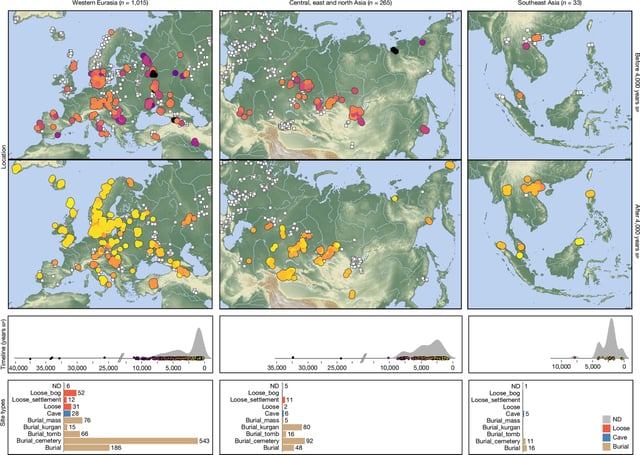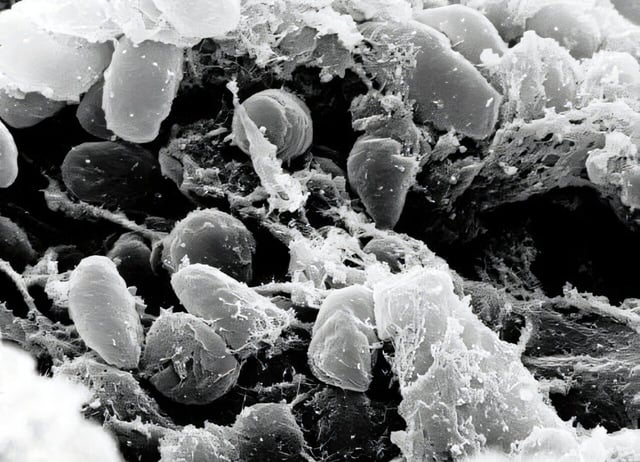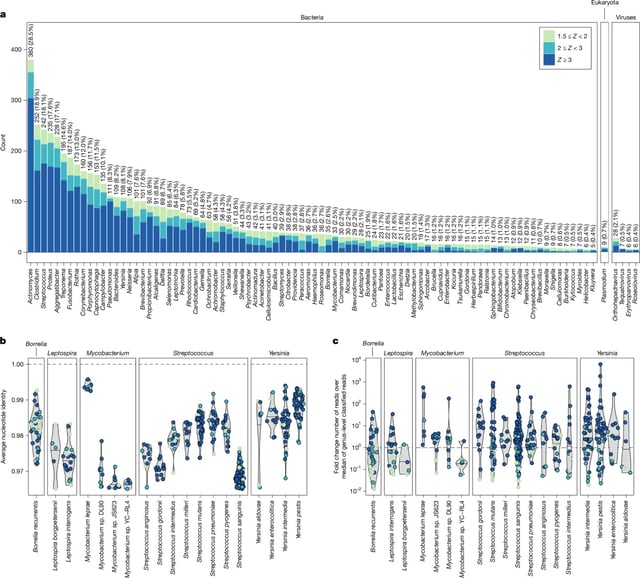Overview
- Researchers analyzed DNA from 1,313 ancient Eurasian human remains spanning 37,000 years and identified 5,486 microbial sequences from 492 species, including 3,384 known human pathogens.
- Zoonotic infections first appear in samples around 6,500 years ago with a peak in prevalence roughly 5,000 years ago, coinciding with the rise of livestock farming.
- A team led by Eske Willerslev recovered genetic traces of 214 confirmed human pathogens, marking the largest archaeological pathogen investigation to date.
- Spatiotemporal mapping reveals how Holocene shifts such as pastoralist migrations and animal husbandry accelerated disease transmission across Europe and Asia.
- The resulting pathogen distribution framework sets a new standard for studying ancient disease evolution and assessing modern vaccine coverage against emerging zoonoses.



